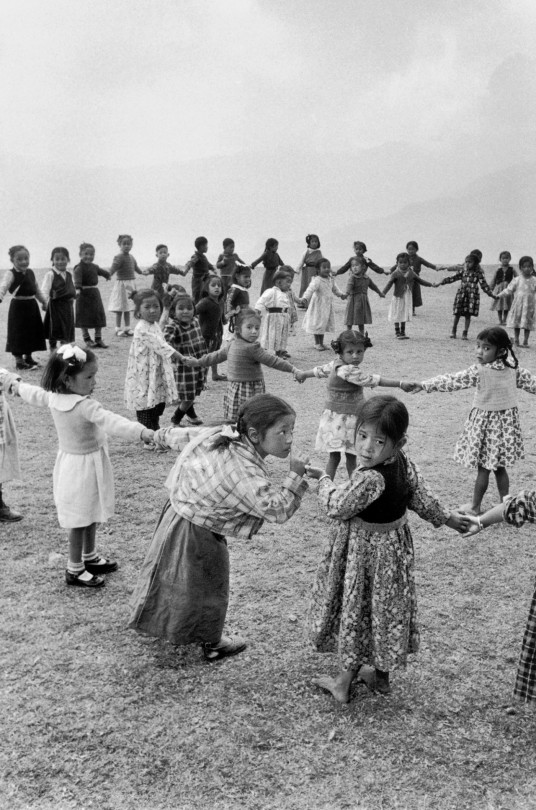#Marilyn Silverstone
Explore tagged Tumblr posts
Text

Prague. 1968.
Photo by Marilyn Silverstone
86 notes
·
View notes
Photo

The Hasidic district, Jerusalem, Israel. 1956.
Marilyn Silverstone/Magnum Photos
27 notes
·
View notes
Text
TOP 100 MOST POPULAR CELEBRITY IN THE WORLD ART PRINTS

Huge selection of celebrity posters & canvas prints, with fast worldwide shipping. Max print size: 60x40 inches
#Britney Spears#Britney#Britney Jean#Spears#taylor swift#adele silva#Beyonce Knowles#jennifer lopez#Mischa Barton#Alicia Silverstone#elizabeth shannon#Alessandra Ambrosio#Rachel Hurd-Wood#Adriana Lima#Marilyn Monroe#Evangeline Lilly#angelina jolie#Sally Hawkins#rihanna#julia roberts
903 notes
·
View notes
Text

𝘍𝘦𝘮𝘮𝘦 𝘧𝘢𝘵𝘢𝘭𝘦, 𝘢𝘭𝘸𝘢𝘺𝘴 𝘰𝘯 𝘵𝘩𝘦 𝘳𝘶𝘯 𝘋𝘪𝘢𝘮𝘰𝘯𝘥𝘴 𝘰𝘯 𝘮𝘺 𝘸𝘳𝘪𝘴𝘵, 𝘸𝘩𝘪𝘴𝘬𝘦𝘺 𝘰𝘯 𝘮𝘺 𝘵𝘰𝘯𝘨𝘶𝘦 𝘉𝘦𝘧𝘰𝘳𝘦 𝘐 𝘨𝘪𝘷𝘦 𝘣𝘢𝘤𝘬, 𝘐 𝘨𝘰𝘵𝘵𝘢 𝘨𝘦𝘵 𝘥𝘳𝘶𝘯𝘬 𝘚𝘰 𝘨𝘦𝘵 𝘰𝘷𝘦𝘳 𝘩𝘦𝘳𝘦, 𝘱𝘰𝘶𝘳 𝘮𝘦 𝘢 𝘤𝘰𝘭𝘥 𝘰𝘯𝘦 💋🍒
#femme fatale#female manipulator#gaslight gatekeep girlboss#femcel#it girl#hyper feminine#dark femininity#girlblogger#coquette#lana del rey#lizzie grant#maniac pixie dream girl#marilyn monroe#niagara#crazy#alicia silverstone#liv tyler#aerosmith
129 notes
·
View notes
Text


cher 💅🏻
(these don’t belong to me)
#preppy#audrey hepburn#blair waldorf#cher horowitz#clueless#girly aesthetic#holly golightly#lana del rey#marilyn monroe#mean girls#movies#elle woods#self care#rory gilmore#la girls#nyc it girl#beauty#fashion#alicia silverstone#taylor swift#coquette#pink aesthetic#girly girl#hyper feminine#pink blog#upper east side#beautytips#gossip girl fashion#skincare tips#vintage
11 notes
·
View notes
Text
MARILYN SILVERSTONE - PORTRAITS WITHIN THE SPACE

British choreographer Frederick William Mallandaine Ashton. London, England. 1956. Marilyn Silverstone.
Marilyn Silverstone, born in London in 1929, seemed destined to pursue a life forever in relation to the camera. Daughter of Murray Silverstone, the polish immigrant “rose to become managing director, and president, international, respectively, of United Artists and 20th-Century Fox, working with Charlie Chaplin and other early film stars in London.” As biographed by all-about-photo.com, Silverstone grew up in New York with the connections needed to become an associate editor for Art News, Industrial Design and Interiors after graduating from Wellesley College, however she soon set her sights to new horizons.
Pursuing photojournalism in 1955, Silverstone would travel all across Europe, Africa, and the Middle East, however, India would capture her fascination that progressed into a lifelong, and eventually, a new home. From here is where most of her work stems from.
Silverstone's India photography includes assignments to photograph important political and religious figures of the time, including Ravi Shankar and the Dalai Lama. However, a considerable bulk of her work is of street photography and environmental portraits of the people of India, who would soon become her peers and neighbors as she moved and converted into a Buddhist nun in the late 1960's.

Traffic on the river. Ettamannur, India. 1959. Marilyn Silverstone.
Silverstone's environmental portraits are of stunning beauty and composition. In particular, this simple snapshot river boating has captivated me. A depiction of three rowers on the Ettamannur river in India, the line of action in the snapshot and rhythmic repetition of the rowers create this dynamic motion in the picture. This, paired with the full range of motion by the rowers, give this curved composition to the piece, not unlike a vertically shifted golden ratio. Portrait composited photos of environmental situations need special attention to positive and negative space, to prevent the subjects from seeming crowded or being uncomfortably cropped. Silverstone, as seen in this example, gives ample space around his subjects to take advantage of their full range of motion and having the ability to have that repetition without it congesting the composition.
Not feeling the need to clutter up my photos with stuff and allowing my subjects the room to breathe is something I want to internalize in my own work, and having the confidence to play with size and proportion of my subjects in relation to their environment are inspirations from Silverstone's photographs can positively influence my work. Dynamic photos do not necessarily mean congested space, but allowing the motion and subjects to breathe and soak in their space.
Source: https://www.magnumphotos.com/photographer/marilyn-silverstone/
0 notes
Text

Marilyn Silverstone Young girls intent on learning how to read Iran 1967
0 notes
Text

Marilyn Silverstone. SOUTH VIETNAM. Village of Binh Khanh, South of Saigon. Members of a Touring “cultural Drama” Team Teach Village Kids a New Patriotic Song, VIETNAM VIETNAM. Those Who Sing Are given Candy. 1966. https://jstor.org/stable/community.9836948.
0 notes
Photo

Villagers looking at slides of themselves, Yumthang, North Sikkim, India, Marilyn Silverstone, 1971
#photography#vintage#vintage photography#marilyn silverstone#india#yumthang#1970s#1971 music#black and white photography#american#female artists#women artists
81 notes
·
View notes
Text

Kindergarten Playtime in a Girl’s School. Gangtok, Sikkim, India. 1960
Photo: Marilyn Silverstone
204 notes
·
View notes
Photo

Marilyn Silverstone
The wedding of the Maharaja's son. In the zenana (women's quarters of the City Palace), the Maharani of Jaipur (in pink), the groom's sister, the Maharani of Baria, and other women await the formal visit of the Prince before he leaves for his wedding.
Jaipur, Rajasthan, India. 1966.
293 notes
·
View notes
Photo

Marilyn Silverstone
At the height of the blizzard a young boy paddles his shikara skiff, which is now heaped with snow.
Lake Dal shores, Srinagar, Kashmir. 1968.
30 notes
·
View notes
Text

Bonjour, bonne journée ☕ ☯️
Le Dalai Lama "Tibet House" Dehli 1965
© Marilyn Silverstone / Magnum Photos
#photooftheday#photografy#black and white#vintage#dalai lama#tibet house#dehli#inde#marilyn silverstone#magnumphotos#bonjour#bonnejournée#fidjie fidjie
24 notes
·
View notes
Photo

Marilyn Silverstone - Paris. Woman feeding pigeons on the Champs Elysees. 1956
15 notes
·
View notes
Photo

Korkmayın ölümden Ölüm güvercinin sonu değil.
Sohrâb Sepehrî, Sekiz Kitap s.195 “Suyun Ayak Sesi” Fotoğraf: Marilyn Silverstone. INDIA. Delhi. 1960
#sohrab sepehri#sohrâb sepehrî#sekiz kitap#suyun ayak sesi#marilyn silverstone#india#delhi#güvercin#pigeon#ölüm
39 notes
·
View notes



